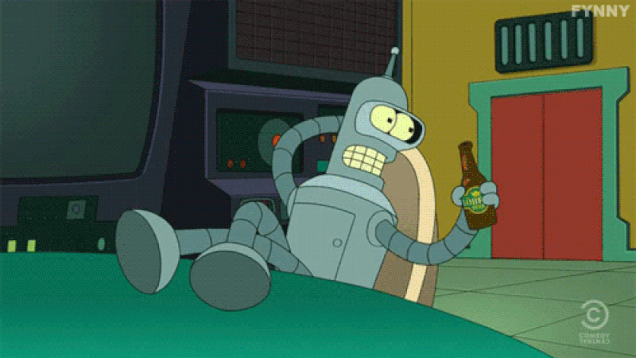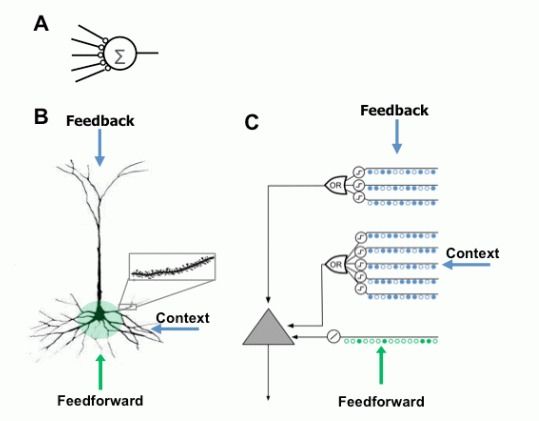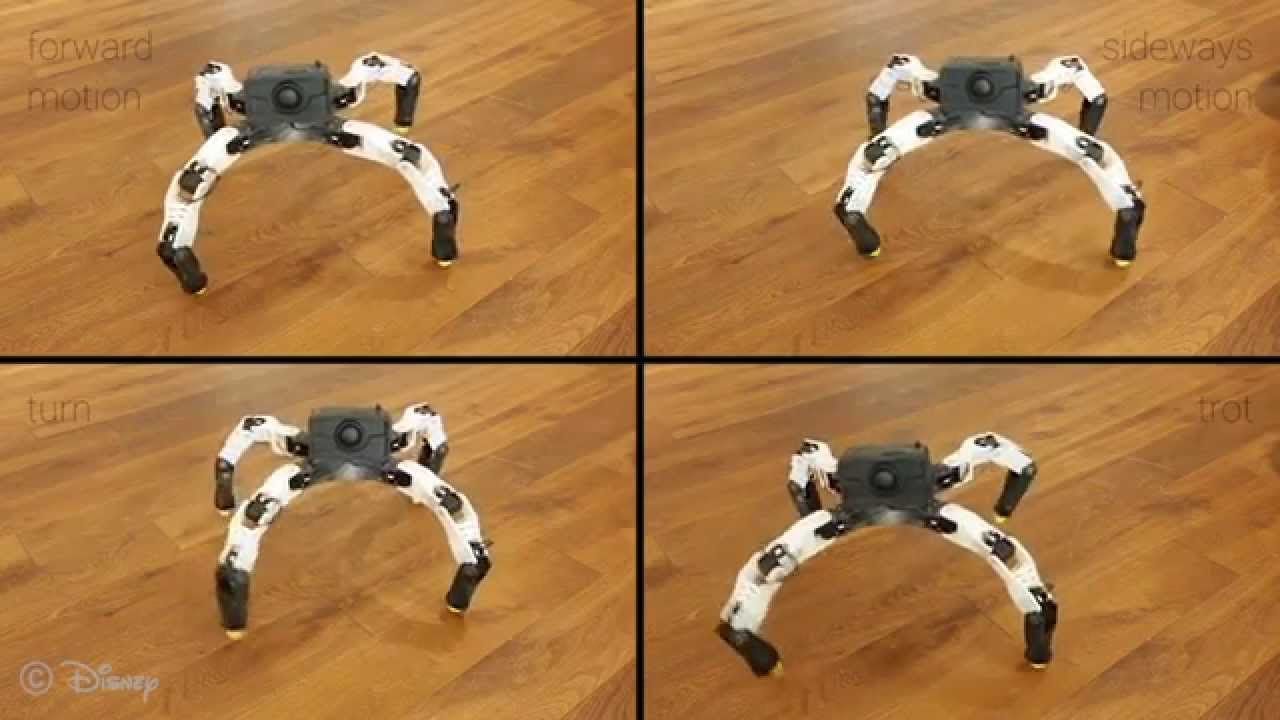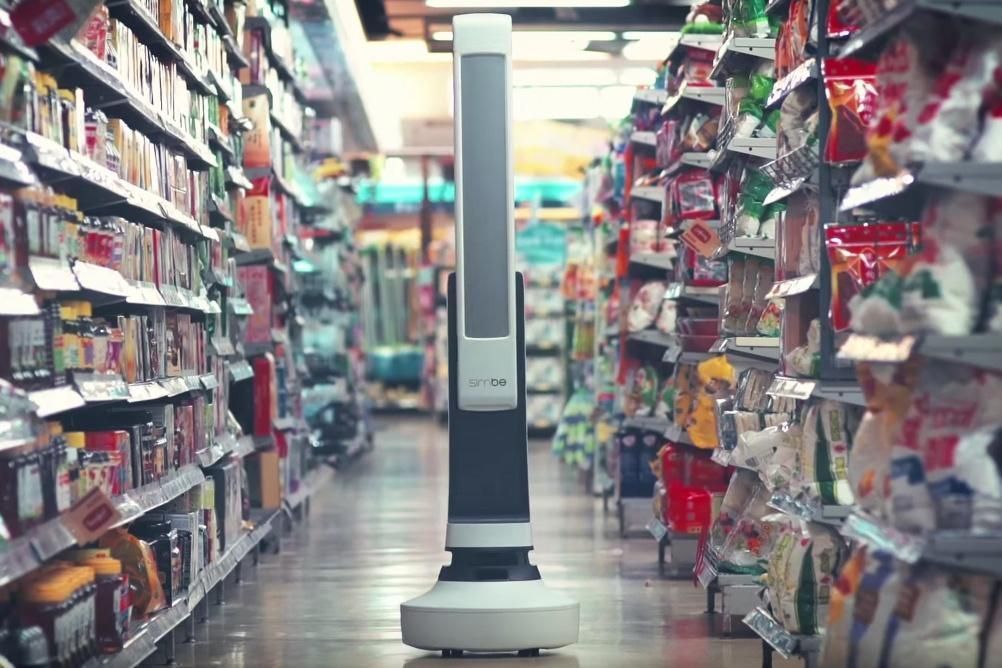Scientists are using artificial intelligence tech developed by IBM to help researchers and students get reliable answers to their questions.


Scientists are using artificial intelligence tech developed by IBM to help researchers and students get reliable answers to their questions.

Futurist Vivek Wadhwa predicts change “at a scale which is unimaginable before,” thanks to advances in technologies like robotics and 3D printing. “New trillion dollar industries will wipe out out existing trillion dollar industries,” he says. “This is the future we’re headed into, for better or for worse.”

It’s being reported that a Bank of England official forecasts that in the next 10 to 20 years, smart robots will steal 80 million jobs from Americans and 15 million jobs from Britons—over half the workforce of each nation. I smell BS.
In a speech delivered yesterday by Bank economist Andy Haldane at the Trades Union Congress in London, he predicted that robots could quickly “hollow out” the middle class, shrinking the need for human-only skills, especially in clerical, production, and administrative jobs.
It’s true—I think robots will appear more in those sectors. But for every “robot overload” doom-and-gloom claim, there is a calming rebuttal of reason.

Biologists have long puzzled over why neurons have thousands of synapses. Now neuroscientists have shown they are crucial not just for recognizing patterns but for learning the sequence in which they appear.

Digital designs for robotic creatures are shown on the left and the physical prototypes produced via 3-D printing are on the right (credit: Disney Research, Carnegie Melon University)
Now you can design and build your own customized walking robot using a 3-D printer and off-the-shelf servo motors, with the help of a new DYI design tool developed by Disney Research and Carnegie Mellon University.
You can specify the shape, size, and number of legs for your robotic creature, using intuitive editing tools to interactively explore design alternatives. The system takes over much of the non-intuitive and tedious task of planning the motion of the robot, and ensures that your design is capable of moving the way you want and not fall down. Or you can alter your creature’s gait as desired.

Mitsubishi Self-Driving Car
This new Mitsubishi self-driving car is so advanced it can parallel park itself.

Could the planet’s next catastrophe be averted by R2-D2? That’s the idea behind the DARPA Robotics Challenge, a robot Olympiad designed to create autonomous machines that can go where no man can or should go—nuclear disaster sites, minefields, Montauk over Labor Day weekend—and fix all the toxic messes we make. The stakes are $3.5 million. Oh, and possibly the future of mankind.

In the past couple of years, Google has been trying to improve more and more of its services with artificial intelligence. Google also happens to own a quantum computer — a system capable of performing certain computations faster than classical computers.
It would be reasonable to think that Google would try running AI workloads on the quantum computer it got from startup D-Wave, which is kept at NASA’s Ames Research Center in Mountain View, California, right near Google headquarters.
Google is keen on advancing its capabilities in a type of AI called deep learning, which involves training artificial neural networks on a large supply of data and then getting them to make inferences about new data.

No driver? No ticket.
That, at least, was the result when a police officer pulled over one of Google’s self-driving cars Thursday in Mountain View, California.

It might not be too long before a trip to the grocery store involves dodging Tally, a new robot designed to tootle from aisle to aisle while taking note of stock levels.
Tally’s Silicon Valley creators, Simbe Robotics, point out that most retailers currently rely on IT systems and manual labor to manage inventory, but call this method “costly and inaccurate.” Tally can apparently do full-store audits in a fraction of the usual time, keeping staff up to date on what items are running low so that shelves can be quickly refilled.
Simbie says Tally’s ability to carry out such “repetitive and laborious” auditing tasks means human staff can get on with serving customers directly.